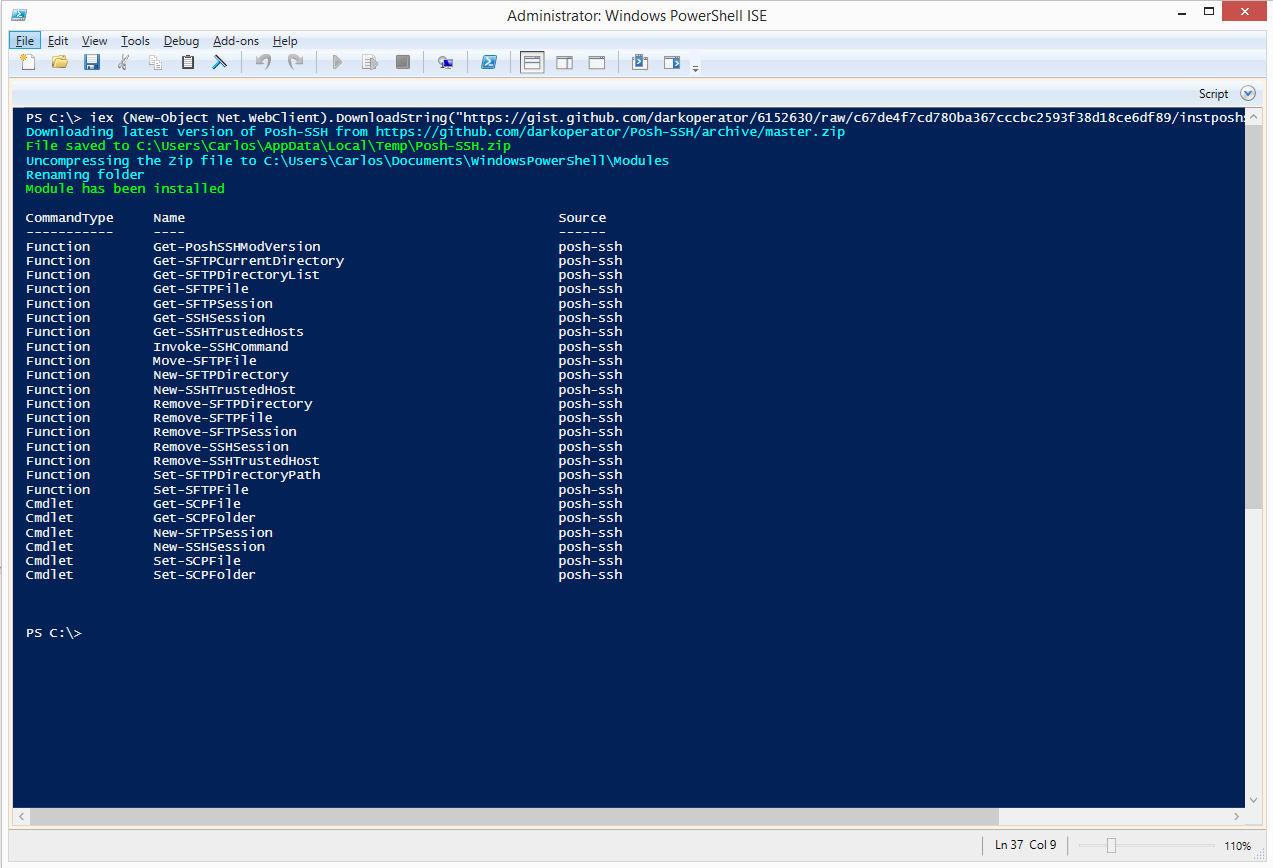

- #USING SSH ON MAC HOW TO#
- #USING SSH ON MAC MAC OS#
- #USING SSH ON MAC INSTALL#
- #USING SSH ON MAC MANUAL#
- #USING SSH ON MAC WINDOWS 10#
You’ll find more information on using the ssh command in the SSH manual page. Close the window or type “exit” and press Enter to end the SSH connection. You’ll by prompted to type the password the user account requires on the SSH server before continuing. If you’ve previously connected to the server and see this message, this indicates the server administrator has changed the key fingerprint or you’re being tricked into connecting to an imposter server. If this is actually the first time you connected to the server, this is normal and you can type “yes” to continue. You’ll see a message asking you to confirm the identity of the server the first time you connect. To specify a different port, add -p to the end of the command followed by the port number you want to connect on, like so: ssh -p 2222 To connect to an SSH server, type the following command into the terminal, replacing username with your username on the SSH server and with the host name or IP address of the SSH server: ssh command will connect to the SSH server on port 22, which is the default.
#USING SSH ON MAC INSTALL#
On Windows, install and open the Bash shell. On a Linux desktop, look for a Terminal shortcut in the applications menu. On a Mac, you’ll find this at Finder > Applications > Utilities > Terminal. To connect to an SSH server from one of these operating systems, first open a terminal window.
#USING SSH ON MAC WINDOWS 10#
You can even use this command on Windows 10 via the Bash on Windows environment. UNIX-based operating systems like macOS and Linux include a built-in SSH command that works pretty much the same everywhere.
#USING SSH ON MAC HOW TO#
RELATED: How to Install and Use the Linux Bash Shell on Windows 10 RELATED: How to Manage an SSH Config File in Windows and Linux macOS and Linux Here’s a fun fact: SSH private keys are technically called PEM files.

Consult PuTTY’s manual for more information. For example, if you need to use a private key file to authenticate with the SSH server, you’ll find this option at Connection > SSH > Auth in the PuTTY Configuration window that appears when you launch the application. There’s a lot more you can do with PuTTY. Just close the window to end the SSH connection. You’ll be prompted to enter the username and password for your account on the SSH server. Either the server administrator has changed it or someone is intercepting your traffic and trying to trick you into connecting to a malicious, imposter SSH server. If you see this warning in the future after already having connected to the server once, that indicates the server’s encryption key fingerprint is different. That’s expected, so click “OK” to continue. This tells you that you haven’t previously connected to this server. You’ll see a security alert the first time you try to connect to a server. SSH servers use port 22 by default, but servers are often configured to use other port numbers instead. Ensure the port number in the “Port” box matches the port number the SSH server requires. Type the host name or IP address of the SSH server into the “Host name (or IP address)” box. or a putty.exe file that can function as a portable application. You can download either an installer that included PuTTY and related utilities. It’s part of Windows 10 but is an “optional feature.”ĭownload PuTTY and launch it to get started. Update: Windows 10 now has an official SSH command you can install. So the most popular and widely recommended solution for connecting to SSH servers is an open source, third-party application called PuTTY. Microsoft made some noise about integrating an official SSH client into PowerShell back in 2015, but we haven’t heard much about it since. Windows still doesn’t offer a built-in SSH command. On future connections, the client will reference this verified public key to ensure that you are still connecting to the same server by referencing the known_hosts file.īoth the client and the server negotiate a session key which is used to encrypt and decrypt the data sent during the SSH connection.įinally, the server authenticates the client using an SSH key (if available and used).RELATED: 5 Cool Things You Can Do With an SSH Server The first time you connect to the server, you will be asked to verify the public key of the server. The SSH process uses symmetric encryption, asymmetric encryption and hashing in order to securely connect the client to the remote server. SSH utilizes TCP port 22 by default, although this can be changed to a non-standard port. In this article, we'll outline how to SSH to a server using the Terminal program on OS X Mac.

#USING SSH ON MAC MAC OS#
Mac OS features a built-in SSH client called Terminal which allows you to quickly and easily connect to a server.

SSH or Secure SHell is an encrypted connection protocol which is used to connect to the command line interface of a remote machine.


 0 kommentar(er)
0 kommentar(er)
